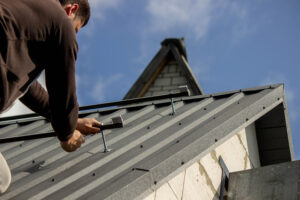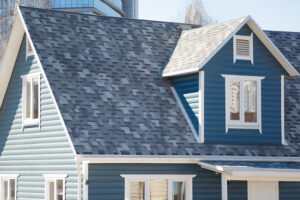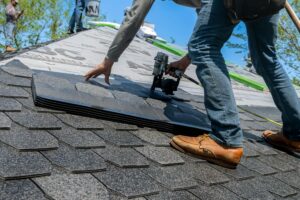Flat roofs offer homeowners versatile and cost-effective solutions, ideal for creating rooftop gardens, patios, or housing mechanical equipment. Unlike sloped roofs, flat roofs feature a low-slope design that efficiently manages water drainage while maximizing usable space.
However, choosing the right flat roof can be challenging due to the variety of options available. At 214 Roofing, our experts have analyzed the top three flat roofing types—Built-up Roofing (BUR), Modified Bitumen, and EPDM—to help you make an informed decision. This guide explores their pros and cons, ensuring you select the best roof for your property’s needs.
Flat Roofs Aren’t Flat
Flat roofs aren’t entirely flat; they have a subtle slope of 1/4 to 1/2 inch per foot to facilitate water drainage. Unlike traditional sloped roofs with overlapping shingles, flat roofs feature a continuous, monolithic surface capable of holding minimal standing water temporarily.
Popular in low-rainfall regions, they’re ideal for buildings utilizing roof space for mechanical equipment or outdoor living areas. Their design supports durability and functionality, but material choice is critical to performance. Understanding the unique characteristics of Built-up Roofing (BUR), Modified Bitumen, and EPDM helps homeowners select a roof that balances cost, durability, and maintenance needs.
|
Interesting Fact Flat roofs are not entirely flat. They have a very low slope, around 1/4 to 1/2 inch per foot, to drain water. |
Flat Roofs: Let’s Look at the Options
When it comes to flat roofs, there are many options, from PVC roofing membranes to green flat roofs. We have compiled a list of the top 3 flat roofing options for you to choose from based on your property’s needs and requirements.
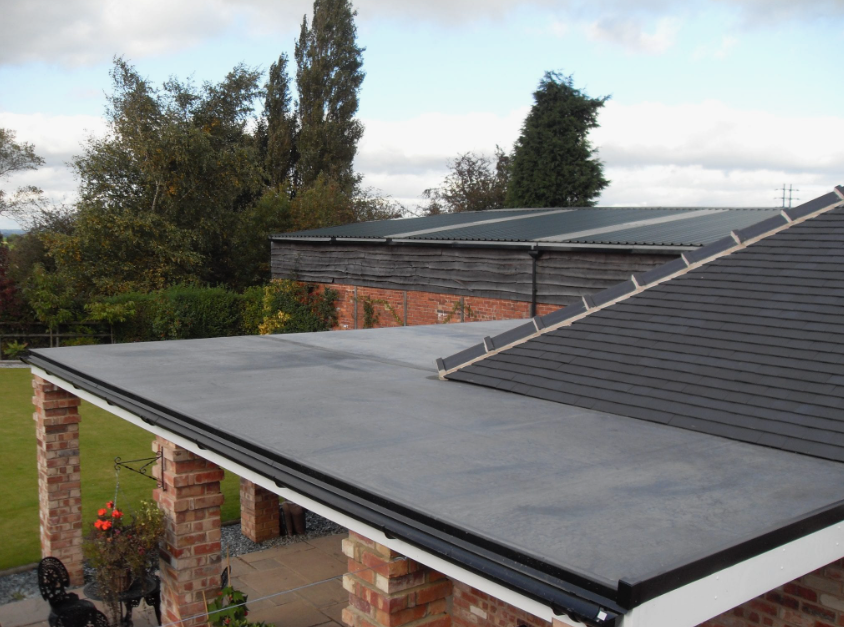
Let’s take a look at the best options for your next flat roof:
First up, built-up roofing (BUR)
Known for their ability to stand the test of harsh weather conditions, built-up roofs have been a huge hit in the roofing industry. They are also known as gravel flat roofs and are made up of three or more layers of a waterproof material and are stabilized with polished river stone plies. The layers of bitumen or asphalt, alternated with hot tar, turn them into a sort of waterproof fiberglass membrane.
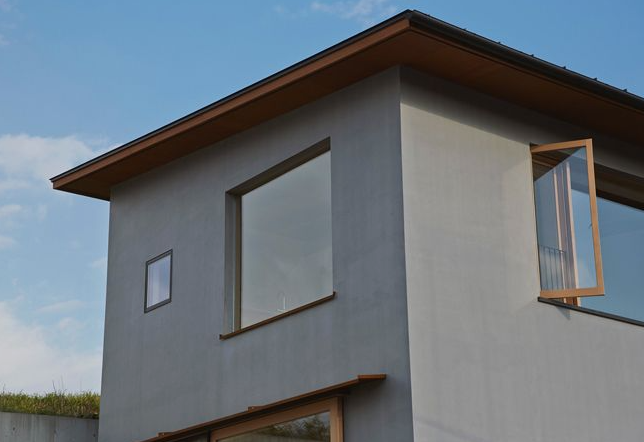
|
Pros |
Cons |
|
The gravel top layer gives good fire resistance. |
Needs structural support since it is heavyweight. |
|
Looks attractive for buildings with decks or windows. |
Not suitable for occupied buildings since built-up flat roof installation is smelly and messy. |
| Most budget-friendly option. |
In case of leaks, the source can be hard to locate. |
| Highly durable and provides UV protection. |
Blown gravel during high winds. |
Single-ply roofing, a.k.a. Modified Bitumen
It is composed of asphalt modified with various chemicals for enhanced performance. MBR, too, has multiple layers composed of a base sheet, a cap sheet, and one or more ply sheets, which are all reinforced by polyester or fiberglass. It is not just lightweight but also offers good thermal resistance. It’s best for hot climates as the light surface color helps in heat absorption.
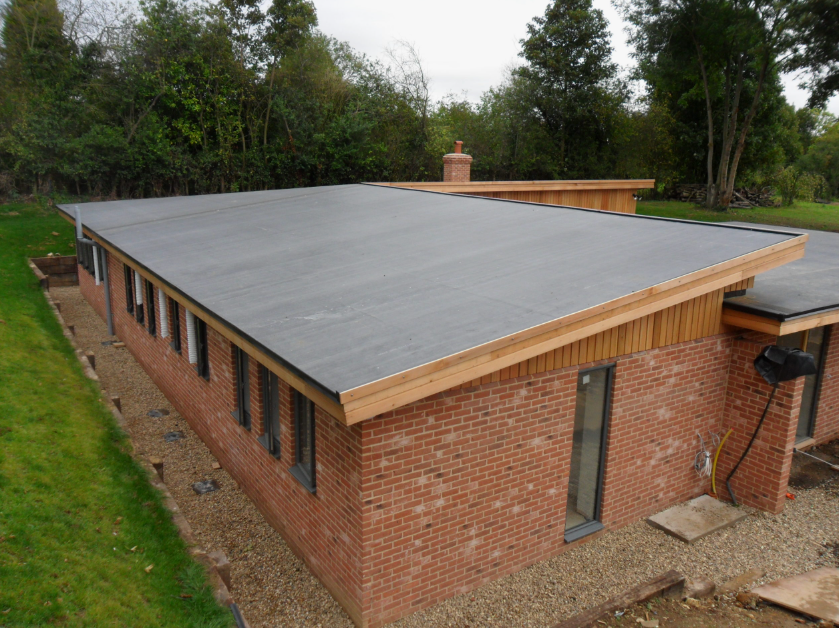
|
Pros |
Cons |
|
The peel-and-stick application makes the installation easier as compared to BUR. |
Risks of a fire hazard are high during installation if torch-down application techniques are used. |
|
Low energy costs due to the reflective surface. |
More vulnerable to cracks. |
| Highly resistant to impacts, fire, and UV rays. |
Frequent maintenance is required. |
| The costs fall somewhere between EPDM and BUR. |
Less resistant to wear and tear as compared to membrane roofs. |
Let’s talk EPDM roofing
Also known as a rubber membrane roof, EPDM, or ethylene propylene diene monomer, has multifunctional uses for both residential and commercial buildings. Their rubber-based nature makes them not just flexible but also puts them in control of temperature variations. This single-ply roofing option is available in large sheets, which helps to minimize the number of seams on the roof.
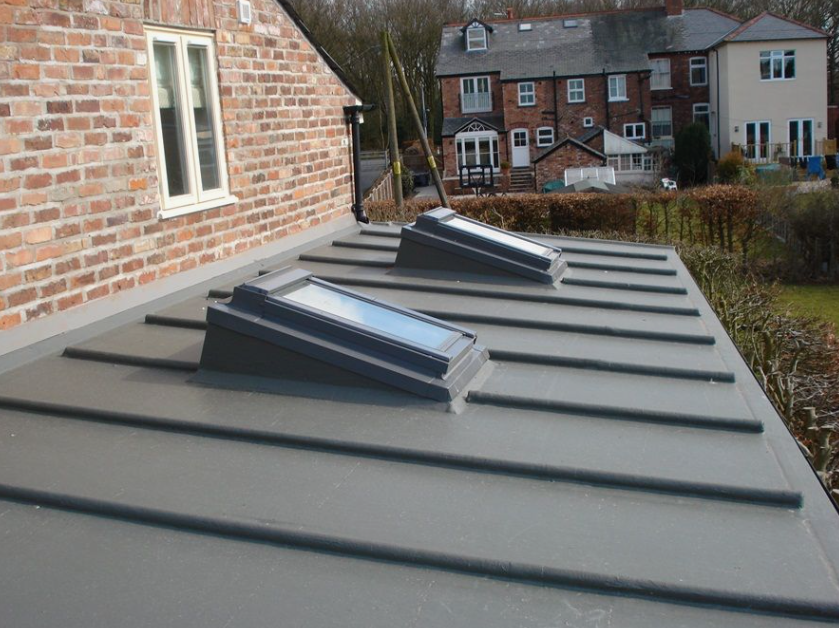
|
Pros |
Cons |
|
No additional structural support is needed due to the lesser weight. |
High cooling costs due to black material absorbing heat. |
|
In case of damage, easy EPDM flat roof repairs are possible. |
More costly than modified bitumen or BUR. |
|
Long lifespan of up to 30 years. |
Careful handling is needed during installation. |
|
It can easily be reinforced after leaks. |
Exposure to petroleum could lead to swelling. |
Conclusion
Choosing the right flat roof is crucial for enhancing your home’s functionality and longevity. Whether you prioritize the durability of Built-up Roofing, the reflective properties of Modified Bitumen, or the lightweight versatility of EPDM, each option offers distinct benefits tailored to specific needs.
By weighing the pros and cons outlined in this guide, you’re equipped to make an informed decision that aligns with your budget, climate, and property requirements. Consult with roofing professionals to assess your home’s needs and ensure proper installation. With the right choice, your flat roof can provide lasting protection and value for years to come.
FAQs
1: How to do flat roof waterproofing?
An elastomeric coating or liquid rubber can help you waterproof your flat roof.
2: What are the cons of spray foam roofing?
It can cause excessive repair and maintenance costs.
3: What is the life of a flat roof?
A properly installed and well-maintained flat roof can last anywhere from 20 to 25 years.
4: What is the best flat roof drainage system?
The most popular choice is scuppers.
5: Which kind of roof is best for a flat roof in cold weather?
Built-up roofing is best for cold weather.
